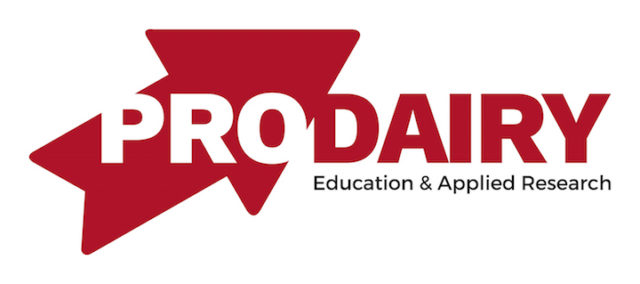The 2014 farm bill significantly changed dairy policy for American dairy producers. Gone were milk price support programs such as the Milk Income Loss Contract (MILC) and the programs tied to parity prices. The current policy is the Margin Protection Program (MPP), which seeks to provide insurance-like coverage for a dairy farm’s margin based on the difference between milk and feed prices.
For a $100 annual administrative fee, MPP provides different coverage levels to program participants. Producers can select catastrophic coverage when the national dairy product margin falls below $4 per hundredweight (cwt), or they can choose various buy-up levels of coverage when margins are between $4 per cwt and $8 per cwt. But how well is it working?
A change in coverage levels
Let’s look at program participation. In 2015, 56 percent of dairy herds participated while 80 percent of U.S. milk production was covered. In 2016, participation increased to about 60 percent of the herds and 85 percent of U.S. milk production. Despite the bump in participation, coverage level selection changed significantly.
In 2015, 44 percent of the farms and 58 percent of the milk produced was covered at the $4 per cwt catastrophic level, with the next most popular levels at $6 per cwt and $6.50 per cwt. Milk prices declined in 2015, but so did feed costs. The way the formula was calculated, milk margin above feed costs dipped below $8 per cwt in six months, but only slightly. The lowest margin of the year was in July 2015 at $7.45 per cwt. In this case, only the highest coverage level would receive an indemnity payment.
Based on their 2015 experiences, dairy producers purchased different coverage levels in 2016. Seventy-seven percent of the farms and 87 percent of the milk covered was at the $4 cap level. The two most popular buy-up amounts were again at $6 per cwt and $6.50 per cwt, but that amounted to less than 10 percent of the milk produced. Unlike 2015, there were greater payments triggered in 2016. Margins were below $8 per cwt for a similar six months, but in May and June, they were below $6 per cwt.
Dairy producers have experienced significant margin compression. The USDA all-milk price peaked at $25.75 per cwt in September 2014 and declined to a low of $14.50 per cwt in May 2016. Feed prices also declined over those two years, though not to the same magnitude as the decrease in milk price. In addition, other costs of milk production (labor, repairs, hauling, etc.) did not decline and likely increased, making them a larger percentage of dairy producers’ total expense.
Unanticipated consequences
So did MPP work? Yes. The relationship between milk and feed costs is a significant one for dairy producers. Coverage was available with payments made each of the past two years based on the relationship between milk and feed costs.
Having said that, the program did not work as it was anticipated. Dairy producers experienced financial strain in each of the past two years, and the safety net of the MPP did not provide much assistance. To date, the program has collected significantly more in premiums than it has disbursed in indemnity payments.
There are a number of options available to dairy producers instead of or in addition to MPP. These include:
- Managing costs and seeking to be a low-cost producer.
- Using forward contracts with a dairy processor.
- Using hedging tools, including put and call options, or hedging activities for milk sales as well as feed and other inputs.
- Enrolling in the Livestock Gross Margin Insurance Plan for Dairy Cattle program (LGM-Dairy), a crop insurance-like product similar to MPP, but it can be more closely tailored to a dairy producer’s margin. However, producers who choose to access LGM-Dairy cannot participate in MPP.
- Increasing working capital during higher margin times to bridge the gap through tighter margins.
Managing price risk is a key component for every dairy operation. Knowing the dairy’s cost of production, level of risk tolerance and how long the dairy farm can survive before burning through liquidity reserves are key considerations in determining the strategy each farm may employ.
More changes in the works?
The current farm bill expires in 2018, so the debate regarding what changes should be made to agricultural policy has begun. Some suggestions for dairy policy include:
- Changing the feed formula for MPP. The calculated feed cost currently has an adjustment factor not reflective of actual feed prices.
- Allowing for regional differences in margins in terms of milk price and feed costs.
- Developing a revenue coverage plan similar to crop insurance. This would require actuarial analysis and determination of subsidy levels similar to that of crop insurance.
- Allowing usage of both MPP and LGM-Dairy.
Budget considerations, dairy’s “fair share” compared with other agricultural commodities and the health of both the farm sector and the general economy will all factor into farm bill deliberations. In the meantime, dairy producers should determine their best strategies for managing price risk to maintain and grow their businesses. ![]()
For more agriculture industry insights, visit the BMO Harris Bank website.

-
Sam Miller
- Managing Director, Head of Agriculture Banking
- BMO Harris Bank
- Email Sam Miller








